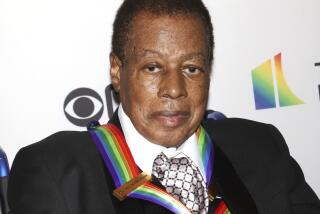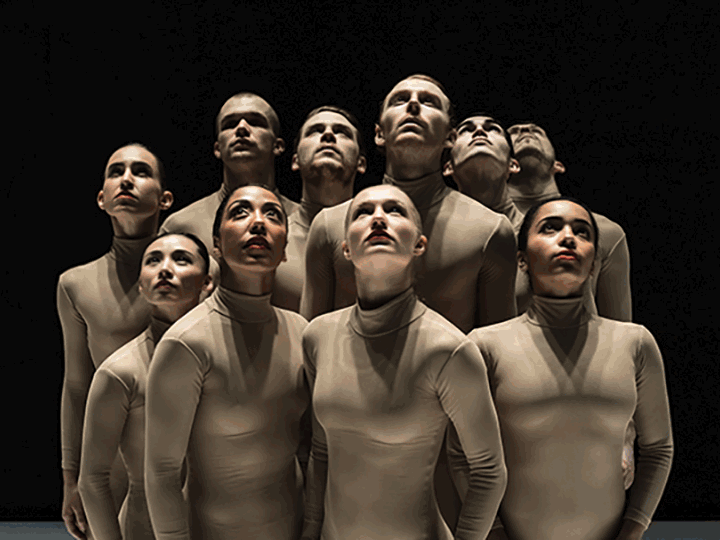Shorter, Hancock: Intuition
Wayne Shorter and Herbie Hancock have posed a formidable task for themselves: perform as a soprano saxophone-piano duo with none of the familiar jazz accompaniment of bass, drums, guitar, etc.
Their Sunday night show at the Alex Theatre in Glendale was the initial event in the Playboy Jazz Festival in Concert Series, and the opening program in the venue’s 1997-98 season. Part of a tour supporting their new duet album, “1 + 1,” the show revealed some of the pleasures, as well as the hazards, that await the veteran jazz artists in their current musical journey.
“The thing that we didn’t want to do,” said Shorter when the album was released, “was make it sound as though we were missing bass and drums. We wanted the music to be complete in itself.”
Which it is, both on the album and in live performance. The Alex Theatre set, which included half a dozen or so tunes, most of them from the album, was a stunning example of musical intuition. Spontaneously interacting with each other, Shorter and Hancock revealed the tremendous potential that is available to improvising musicians.
Shorter’s work, in particular, was gripping. Playing his soprano saxophone with a breathy buzz, he sounded driven, his high notes bursting out in ecstatic cries, his middle and low register simmering with emotional intensity. In the face of this kind of fervor, Hancock wisely played the accompanist’s role, supporting Shorter’s impassioned excursions with rich, rhapsodic underpinnings.
One of the hazards of opening a door, however, is that one has to be prepared to deal with what is on the other side. And by performing in a setting that is more comparable to classical art song and lieder, Shorter and Hancock are stepping into new, largely unexplored musical territory.
Improvisational freedom, for example--one of the key aspects of this territory--can also, paradoxically, mean improvisational restrictions. Free to play anything, it can become easy for players to fall into patterns that are every bit as predictable as those associated with traditional jazz rhythms and chord changes.
To their credit, Shorter and Hancock managed, for the most part, to avoid the pitfalls of repetitious pattern playing.
Having come through the doorway into a fresh realm of playing, Shorter and Hancock are faced with great creative opportunities.
More to Read
The biggest entertainment stories
Get our big stories about Hollywood, film, television, music, arts, culture and more right in your inbox as soon as they publish.
You may occasionally receive promotional content from the Los Angeles Times.










